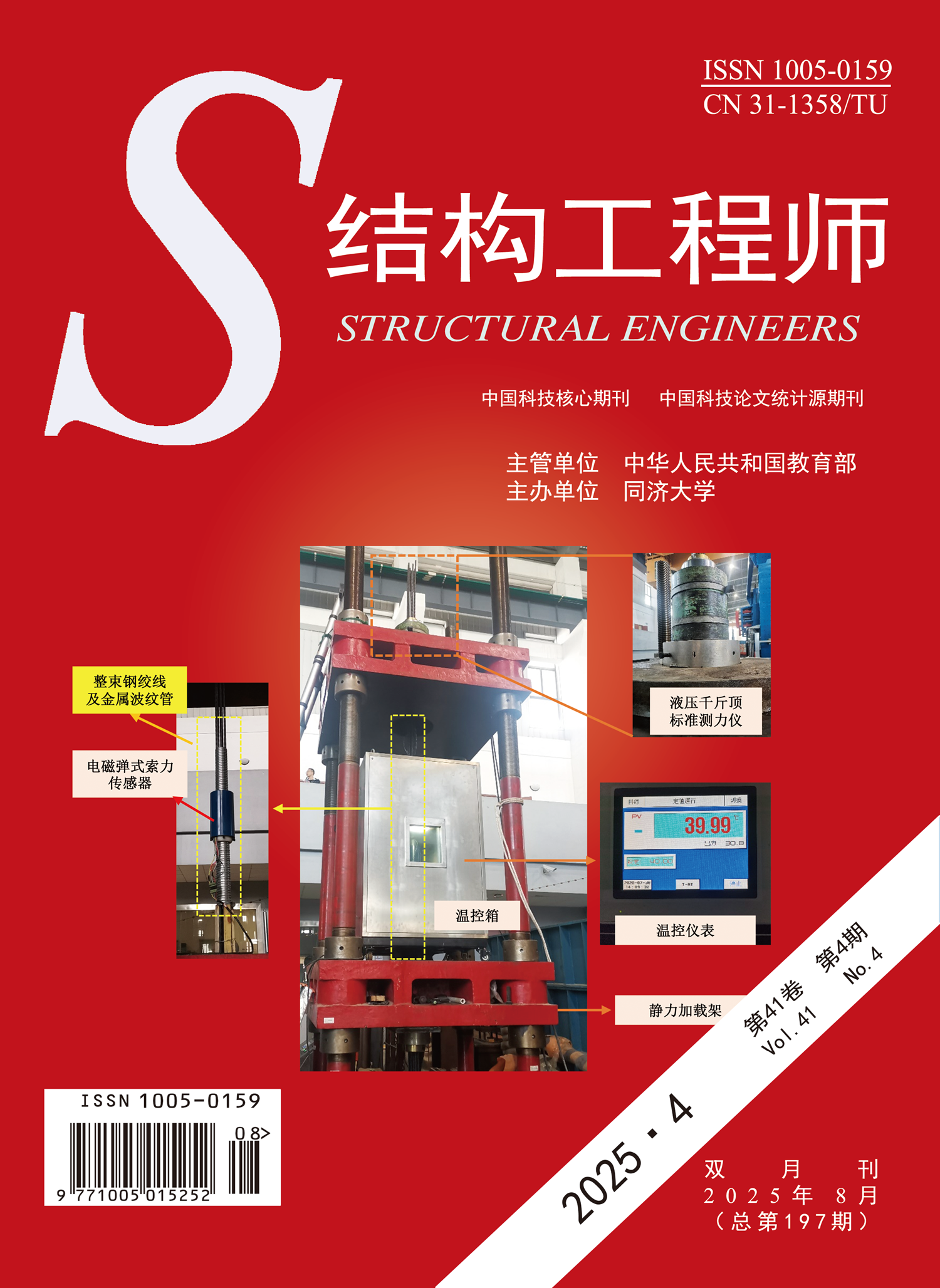Engineering Construction
CAO Chuancai, HU Rui, NI Yanchun
Precast concrete small box girders are extensively adopted in China owing to their lightweight, high construction efficiency, and cost-effectiveness. However, strength variations between wet joints and box girder concrete may trigger differential shrinkage and creep during construction, potentially causing early cracking. Consequently, selecting appropriate materials for repair and pre-maintenance is paramount. This study investigates the mechanical properties of three cementitious crystalline waterproofing materials (Oriental Yuhong PCC-501, Kaiton T1, and Cybers Concentrate), one interface agent (Huanyu Xiupu-SP), and two high-strength mortars (Huanyu Xiupu SJ40F and Sikadur 31CFN). All experiments were conducted in strict compliance with relevant standards, encompassing tests for wet surface bonding strength, compressive strength, and flexural strength. Furthermore, twelve brushing schemes with varying application sequences were designed for bridge implementation, with the optimal construction order determined through field analysis. The results demonstrate that among the cementitious materials, Oriental Yuhong exhibits the highest wet substrate bonding strength, while Kaiton achieves superior impermeability. The interface agent attains a 14-day tensile bond strength exceeding the minimum standard requirement. Among high-strength mortar materials, Sikadur 31CFN demonstrates optimal performance in flexural, compressive, and tensile strength. The optimal brushing sequence entails the sequential application of cementitious crystalline waterproofing materials, interface agents, and high-strength mortars. However, further research is necessary to identify the most effective material combinations.
